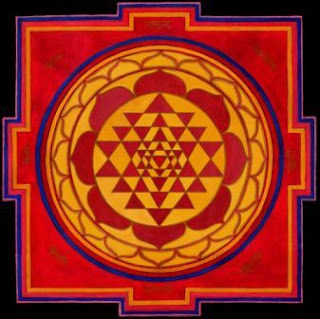Generally, in the Kerala context the term „tantra‟ stands for rituals in connection with the installation and daily worship in temples. Compared to the other south Indian states like Tamilnadu and Andhrapradesh the style of temples, customs and beliefs etc. are very different in Kerala. The origin and the stages of its development are not confirmed beyond doubt even today. Legend has it that it was the sage Paraśurāma who built 108 Śiva and Durga temples at different parts of Kerala with a view to protect the landscape. After the consecration of the temples he entrusted their sovereignty to Tarananallur family.
One of the distinct features of Kerala tantric tradition is that it has been preserved intact orally for generations. And it is firmly grounded on a rich textual tradition. Notably, the stress has always been on the oral tradition and often the texts were taught merely to establish the authority of a particular system. Many of the families have their own ritual manuals handed down through generations. The respective family members are expected to follow their own ritual manuals. But the whole scenario changed after the emergence of Tantrasamuccaya (TS). It brought a big change even in the concept of temples and its role in sustaining social harmony.
The notable characteristic of Kerala tantra is that it pays less attention to the philosophical aspects. Instead, the emphasis is on performing rituals as perfectly as they are imparted. Such a shift of attention from the ritualistic-cum-philosophical aspects of a tradition to mere ritualistic aspects is affected even the concept of initiation.
One of the distinct features of Kerala tantric tradition is that it has been preserved intact orally for generations. And it is firmly grounded on a rich textual tradition. Notably, the stress has always been on the oral tradition and often the texts were taught merely to establish the authority of a particular system. Many of the families have their own ritual manuals handed down through generations. The respective family members are expected to follow their own ritual manuals. But the whole scenario changed after the emergence of Tantrasamuccaya (TS). It brought a big change even in the concept of temples and its role in sustaining social harmony.
The notable characteristic of Kerala tantra is that it pays less attention to the philosophical aspects. Instead, the emphasis is on performing rituals as perfectly as they are imparted. Such a shift of attention from the ritualistic-cum-philosophical aspects of a tradition to mere ritualistic aspects is affected even the concept of initiation.


